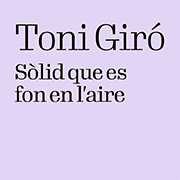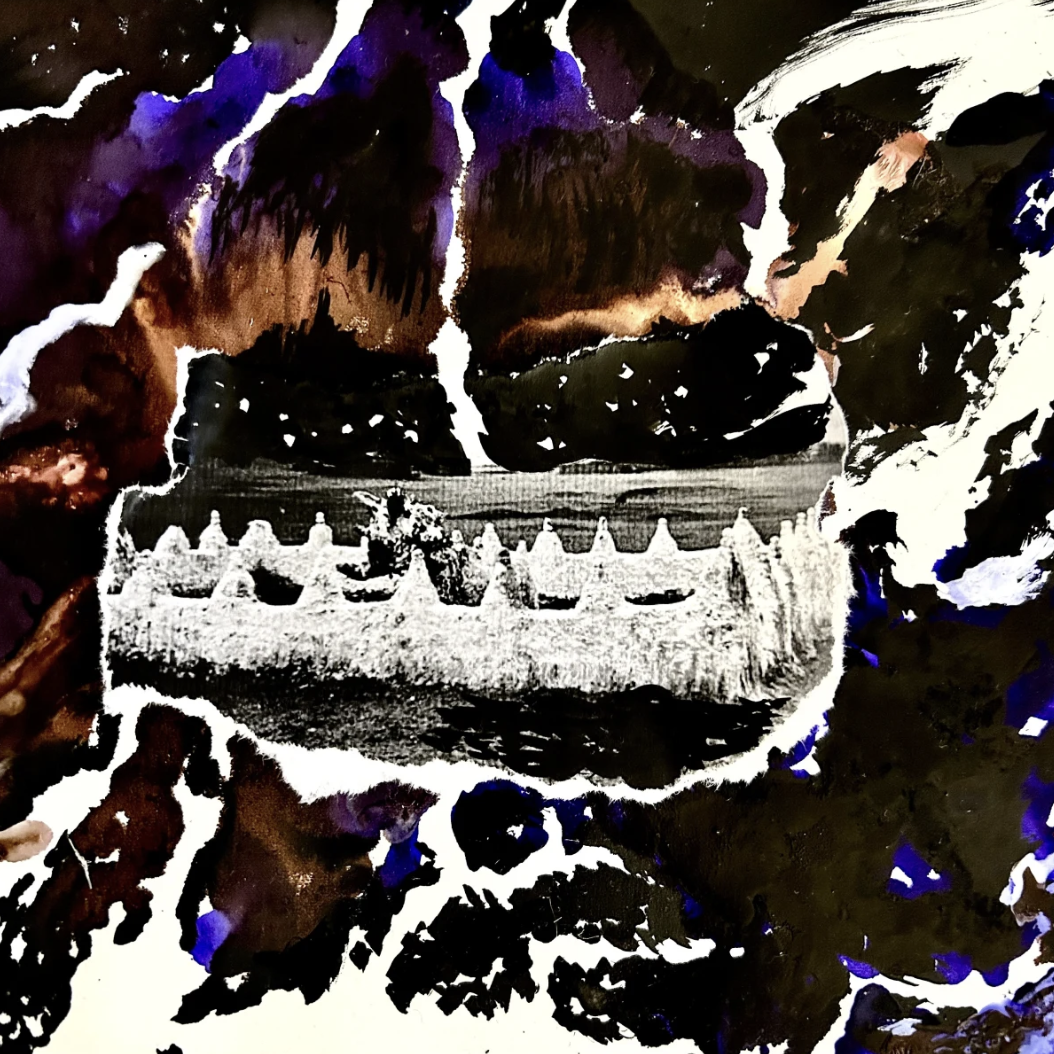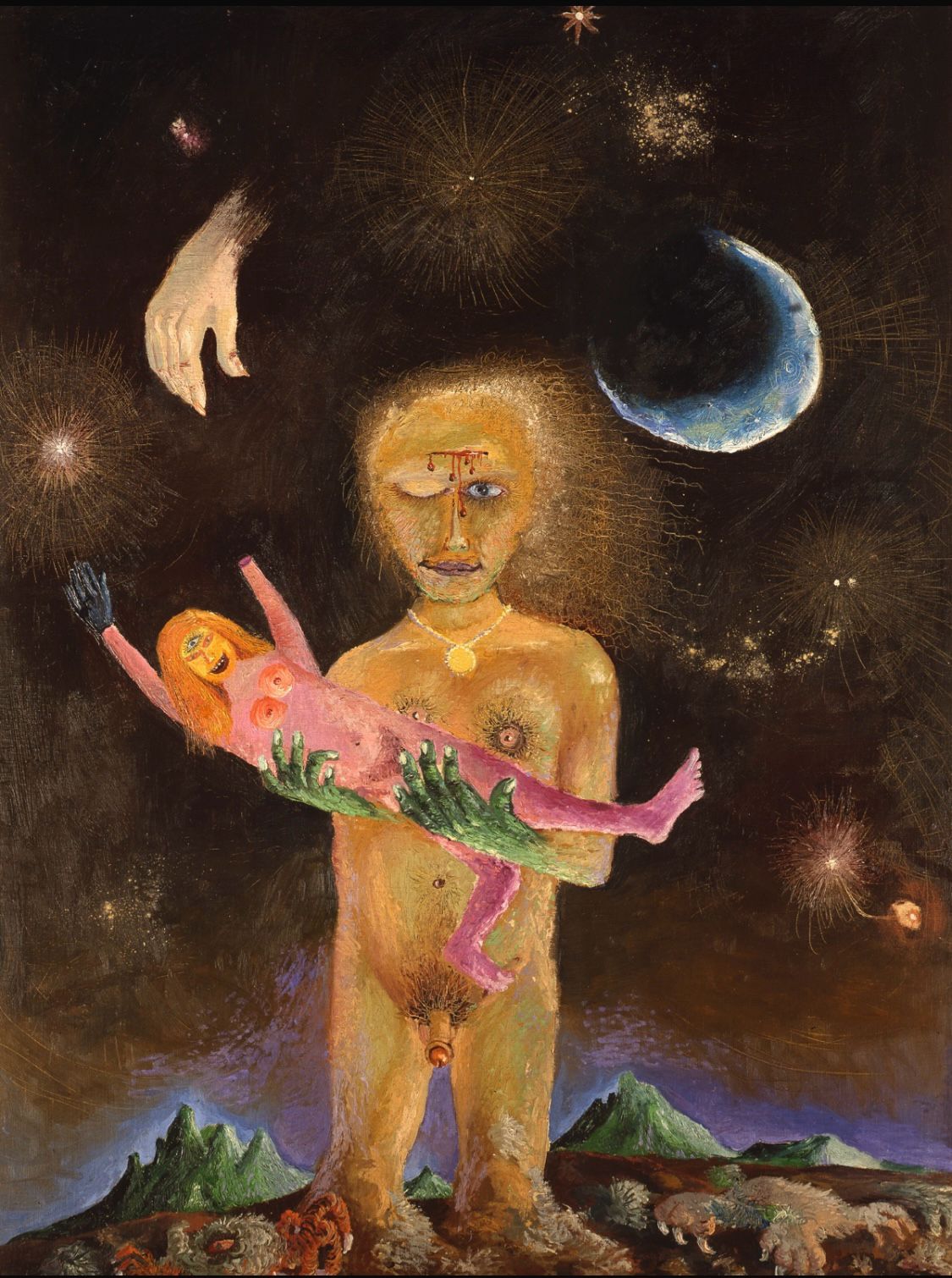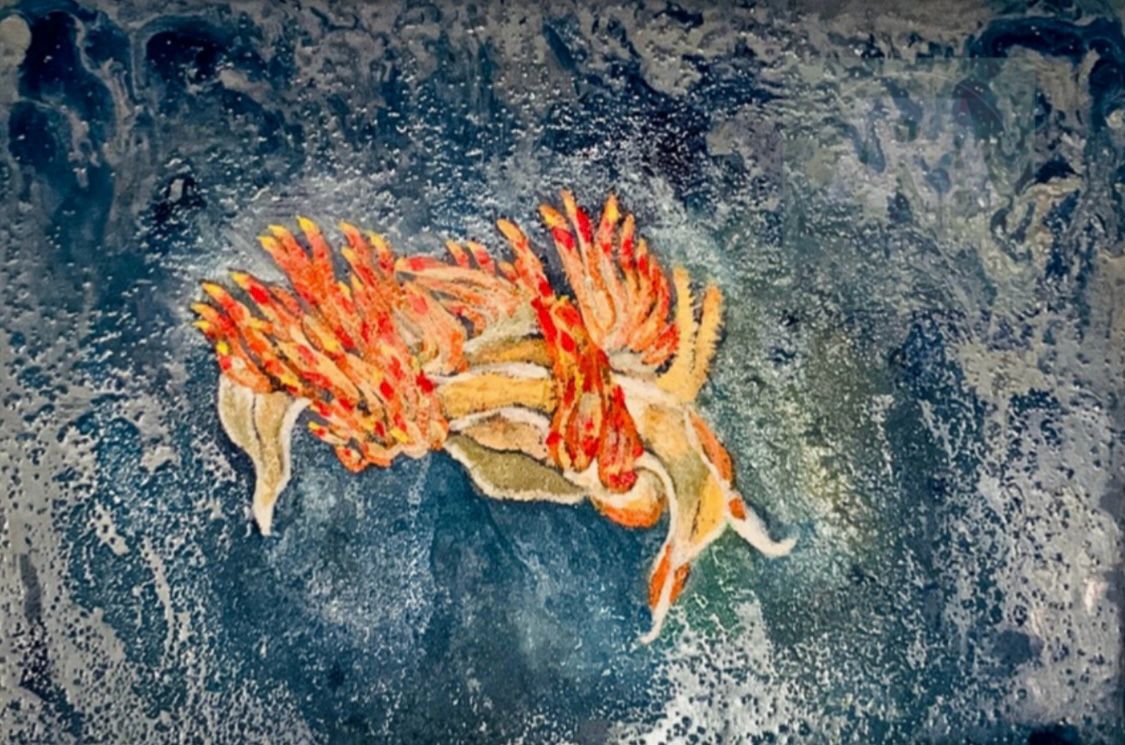Exhibitions
Dimitris Pikionis: landscape and architecture
Architecture as a dialogue between tradition and modernity at the Circle of Fine Arts in Madrid.
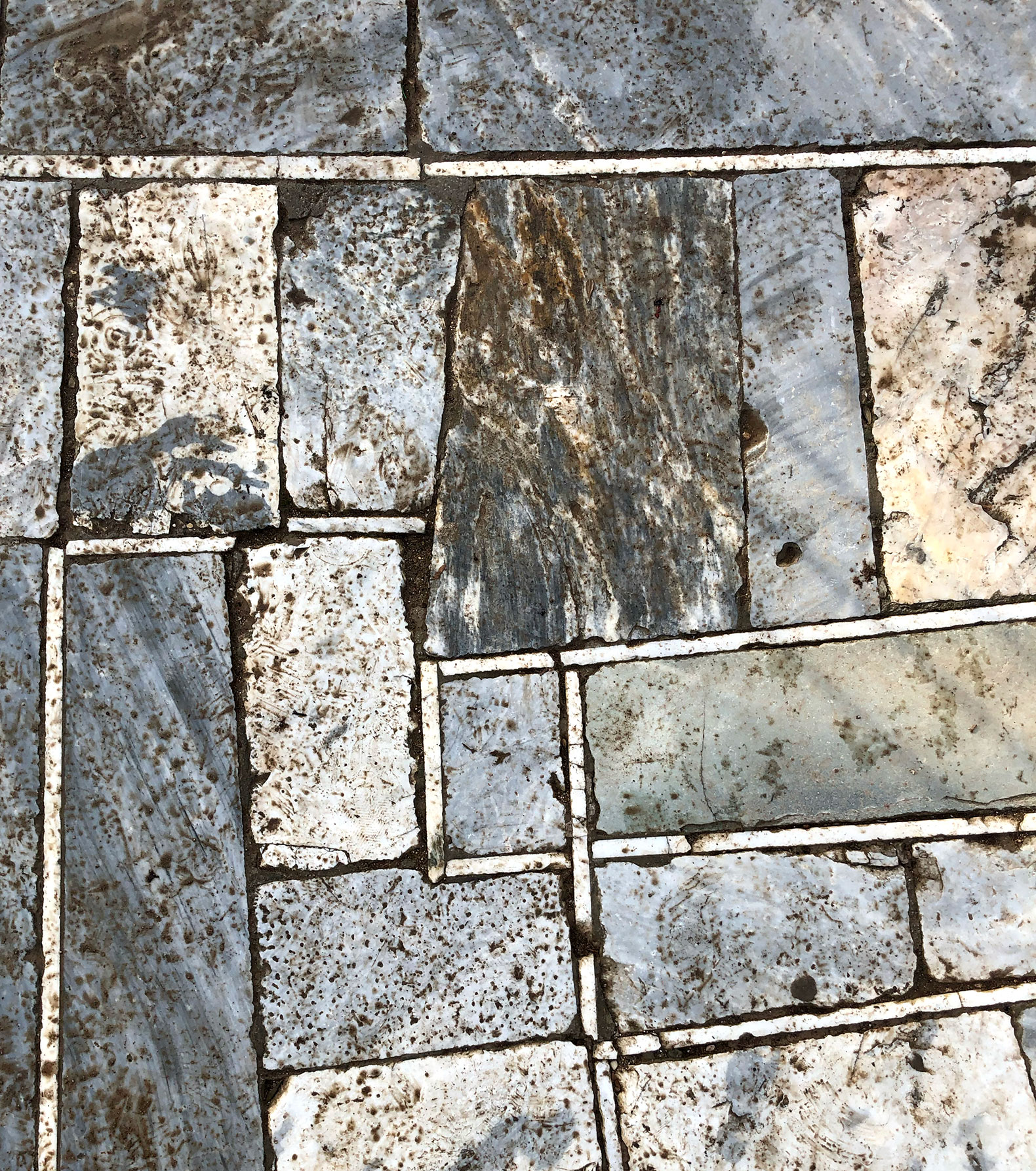
The Círculo de Bellas Artes in Madrid is hosting the exhibition 'Dimitris Pikionis. An aesthetic topography', an exhibition that delves into the life and work of Dimitris Pikionis (1887-1968), a Greek architect and painter who had a great influence on 20th-century European culture.
Pikionis studied painting and sculpture in Munich and Paris, where he immersed himself in modern painting, especially the work of Cézanne and Paul Klee, as well as the sculpture of Rodin. When he returned to Greece, he merged his passion for painting with architecture, integrating the Hellenic tradition with modern abstraction. He was a founding member of the Association of Greek Art Critics, AICA-Hellas, and played a key role in introducing the avant-garde to Greece through the journal To Trito Mati (The Third Eye), a fundamental publication in the 1930s for aesthetic theory and artistic practices.
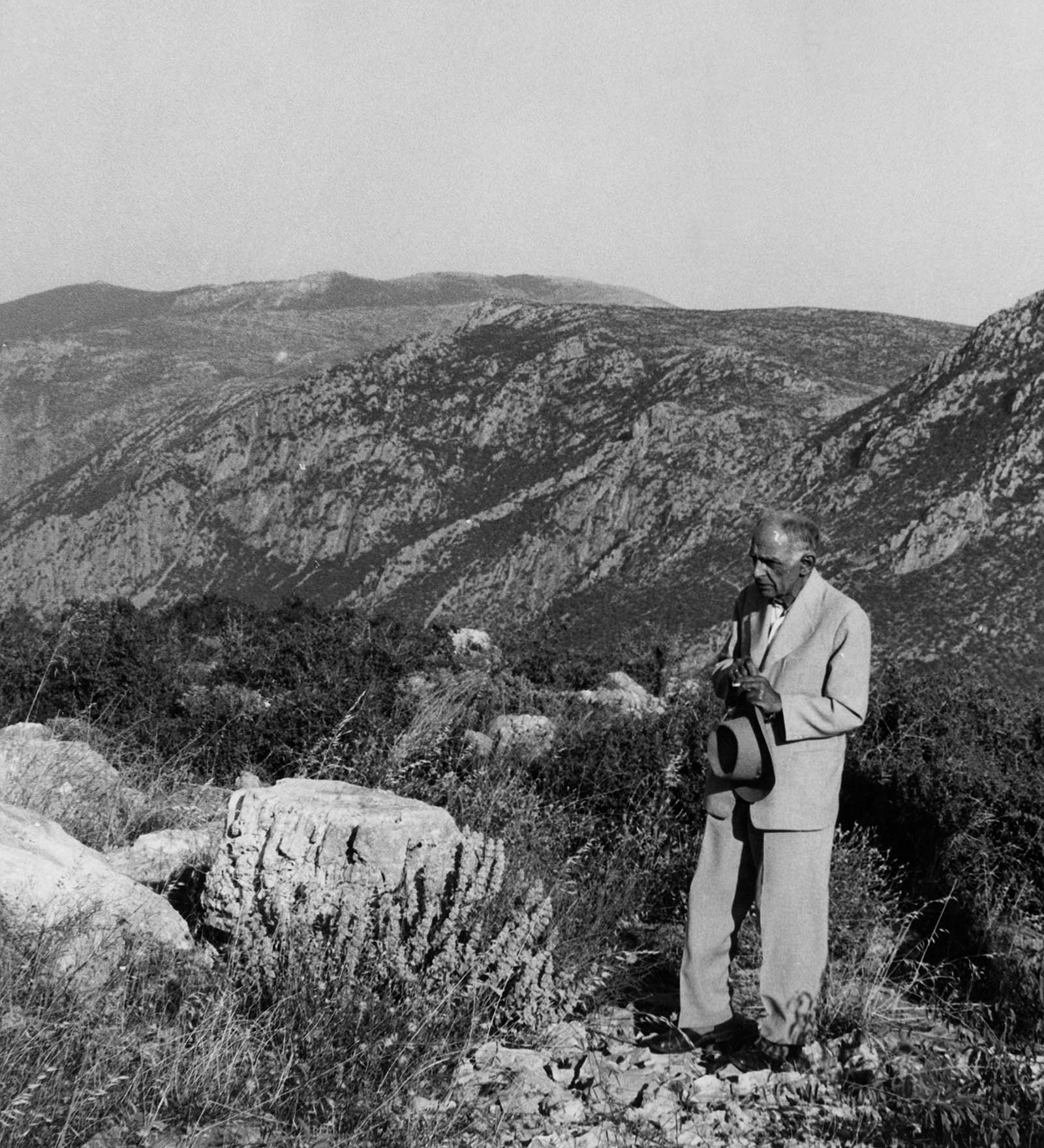 Dimitris Pikionis a Delfos. Benaki Museum / Modern Greek Architecture Archives.
Dimitris Pikionis a Delfos. Benaki Museum / Modern Greek Architecture Archives.
The exhibition, which will be open to the public until April, focuses on Pikionis' landscape treatment of the approaches to the Acropolis of Athens, an intervention that concluded in 1958 after a long and complex construction process. Through images, drawings and plans, the creative process is explored in six of his most recognized architectural works, revealing his unique vision of the landscape as a work of art. In addition, his thoughts, reflections and autobiographical notes are included, thus offering a more intimate insight into his philosophy and artistic approach.
 Dibuix de la malla generatriu del disseny del camí al voltant de l'Acròpolis d'Atenes, Dimitris Pikionis (1954-1957). Benaki Museum / Modern Greek Architecture Archives.
Dibuix de la malla generatriu del disseny del camí al voltant de l'Acròpolis d'Atenes, Dimitris Pikionis (1954-1957). Benaki Museum / Modern Greek Architecture Archives.
The exhibition, curated by Juan Miguel Hernández León and Covadonga Blasco , is carried out in collaboration with the Benaki Museum of Athens , the Cervantes Institute of Athens and the Istituto Italiano di Cultura di Madrid , and includes a large topographical model that shows for the first time the complete intervention of the project to rehabilitate the accesses to the Acropolis, as well as an unpublished interview with Agni Pikioni , the architect's daughter, who dedicated herself for many years to the research and promotion of her father's work.
One of the most unique aspects of Pikionis' work is the way in which he managed to integrate natural elements into his designs, giving new life to public spaces. In this sense, Pikionis not only conceived of architecture as a functional discipline, but also as an artistic expression that must dialogue with the environment and with history. Despite being a contemporary of figures such as Le Corbusier and Mies van der Rohe, Pikionis did not renounce the Hellenic tradition or its cultural identity, but rather sought to integrate it into the modern architectural discourse, understanding the Hellenic identity culture as a conciliation between the West, the East and Byzantium.
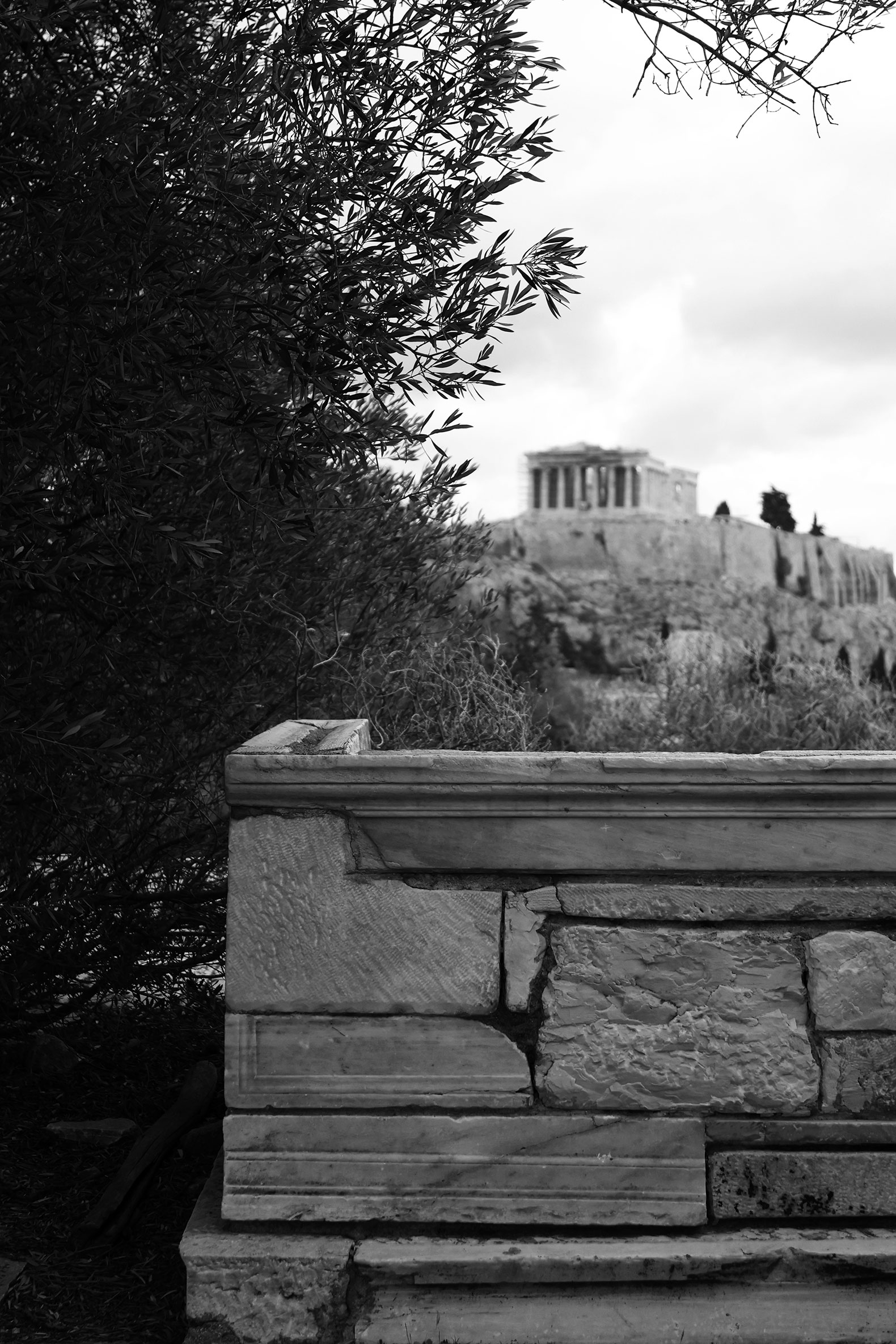 Mirador cap a l'Acròpolis al mont Filopappos. Círculo de Bellas Artes
Mirador cap a l'Acròpolis al mont Filopappos. Círculo de Bellas Artes


